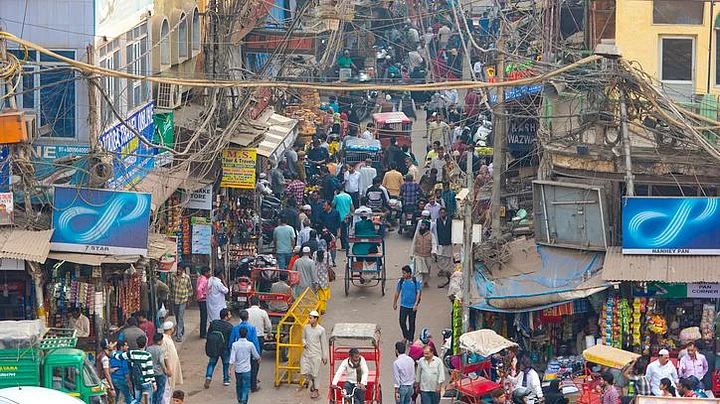There is a stark contrast between the fertility rates of the three largest Hindi-speaking states and six non-Hindi-speaking states, a UN report shows.
Average total fertility (rate) for the whole country is 2.3 births per woman but it is above 3.0 in Uttar Pradesh, Bihar and Madhya Pradesh.The State of World Population 2018 report, issued by the UN Fund for Population Activities (UNFPA).
However, the report also goes on to add that the fertility (rate) is below the replacement level in Maharashtra and West Bengal, and the four southern-most states.
The replacement-level fertility rate is the average number of children a woman must have to keep population at a constant size. While it is 2.1 on average globally, India is closing in to the number with the overall number of children per woman at 2.3.
The UNFPA report did not give the fertility rates for individual states, but among the states for which NITI Aayog had provided the data for 2016, Bihar had the highest rate of 3.3 children per woman, followed by Uttar Pradesh, with 3.1.
Tamil Nadu, West Bengal and Delhi Union Territory had the lowest – 1.6 children per woman, the NITI Aayog data shows. (This is almost at par with Germany and Italy that have a rate of 1.5 children per woman, and less than France's 2.0, and the British and the US rate of 1.9, according to UNFPA data.)
In addition to the six states mentioned in the UNFPA report, several others, including Himachal Pradesh, Delhi, Punjab and Kashmir, also had low fertility rates, according to to the NITI Aayog.
In South Asia, Pakistan has the highest fertility rate of 3.3 children per woman, while Bhutan, Maldives, and Sri Lanka with two children per woman have dipped below the replacement level. Bangladesh and Nepal are at the mark with 2.1 children per woman, the report found.
The report said that unintended pregnancies contribute to higher fertility rates and “if unwanted fertility were eliminated through means such as increasing access to contraception, average fertility rates would drop by more than half a child per woman.”
The report also said that within India "the varied fertility rates do not clearly correlate with income levels and are likely influenced by a multitude of factors. The states of Kerala and Tamil Nadu, for example, experienced major fertility declines despite limited economic growth. These states have comparatively less gender and economic inequality, and have also experienced rapid social development.”
Low fertility is achieved only at higher levels of income and, therefore, India achieving the overall fertility rate of 2.3 is “unusual”, the report noted and ascribed it to “gains in human development, reflected in improved health, higher attainment of education and decreases in child mortality.”
According to a report by the Population Division of the UN Department of Economic and Social Affairs (UNDESA), India's population growth for 2015 to 2020 is 1.1 percent, and is expected to go down to .97 percent in the next five years and 0.27 by 2045.
Its population is forecast by the report to reach 1.383 billion in 2020 and 1.658 billion in the 2050.
(The above piece has been published in an arrangement with IANS and has been edited for length)
